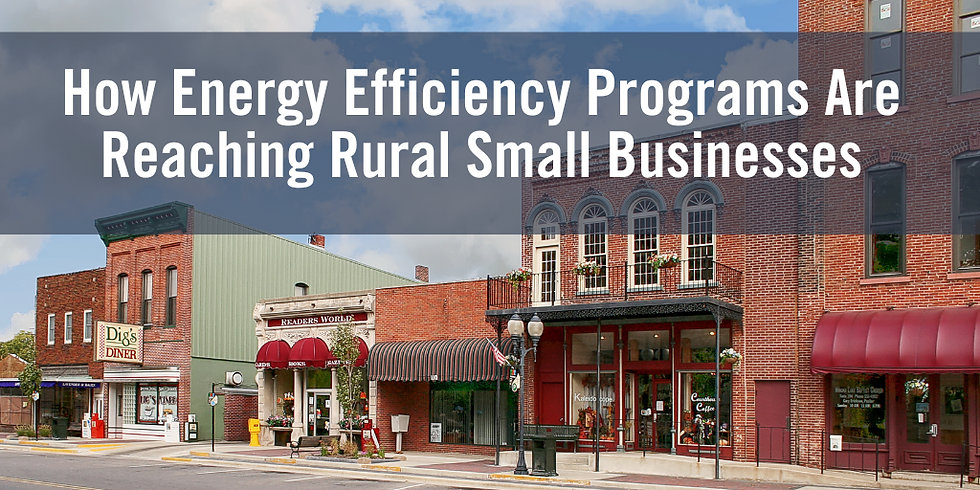Residential Electrification: Smart Load Panels
- kristinabenson7
- Dec 5, 2023
- 4 min read
Updated: Dec 15, 2023
Written by: Austin Alvey Aguilera

Electrification is a popular topic right now, and while the shift away from gas has many benefits it also has some drawbacks. One drawback is that every gas appliance that is replaced with an electric model adds load to our aging and already stressed electrical infrastructure. Today we’re going to take a look at smart load centers, more commonly known as breaker boxes or panels, and what this technology can do to mitigate peak demand in residential neighborhoods.
For the uninitiated, a load center is the box that takes in power from the electrical grid and distributes it throughout your home. It’s also that box of breakers that you have to toggle every time the lights go out in the bathroom. A smart load center does the same job except it monitors energy use in real time and can make pre-programmed load distribution decisions. The potential advantages of this have to do with peak power consumption, both in your home and on the local and regional electric grid.
Most residential homes have 100 amp (100A) service. For our purposes, amps are a way to quantify power, or energy over time. Most importantly, if a home’s amp draw ever exceeds the home’s service, this trips the main breaker, which needs to be avoided.
Let’s say you’re like me and you’ve just gotten rid of your last gas appliance, your range, and replaced it with a nice new induction cooktop (they are awesome by the way). You had enough capacity for the new electric load from the range. Excellent! However, you think that at some point, maybe in a few years, a shiny new electric vehicle sounds like a lovely upgrade over your ancient marine organism burner in the driveway. Are you going to have enough power to charge your car, take a shower, cook a holiday meal, run your heat pumps, and dry your laundry? All at once? For many households with 100A service the answer is likely no. The solution to this problem in most places in the US today is simply to upgrade your load center to a 200A service; this way you’ll have plenty of power for all your electric needs. However, there is a problem with this solution. In some neighborhoods, the local distribution network itself may only be able to supply some of the homes in your neighborhood with 200A service. In this case either you or someone else in your neighborhood will be left out to dry with their old 100A service.
Enter the smart load center. A smart load center has the ability to selectively disable certain circuits in your home according to your preferences. For example, let us imagine it is the afternoon of some holiday. The family is all in and you’re getting ready for company to arrive. You have no plans to drive today, so your EV charger is set to lowest priority in your smart load center. There are various electrical loads throughout the house: it’s cold out so your heat pumps are blasting away; meanwhile you’ve got the oven and several burners active on your induction range. At this point your smart load center sees demand for power is high. To avoid another large appliance coming on and tripping the main on your 100A service, it automatically disables the EV charging circuit to make sure you have the overhead for an unexpected large load.
You remember you’ve got to dry the towels so you turn the dryer on. Seeing this additional demand the smart load center again acts and disables the circuit powering the water heater. Even though a family member is currently showering, this isn’t a problem because water heaters are essentially thermal batteries. There is enough water to cover the shower and your cooking needs. A few minutes later, your water is boiling so you turn down the burner on the range. The dryer finishes a bit later, removing much of the load. The smart load center sees these reductions in load and automatically re-enables first the water heater and next the car charger - all according to your priority preferences, of course.
The simple truth is that a home rarely uses its peak available power. And when it does, it is likely some of those items could be temporarily disabled to reduce that peak. Reducing peak demand is a huge benefit to our power distribution and generation networks. Additionally, if you happen to live somewhere with demand charges or on/off peak billing, this sort of selective load management could save you a pretty penny.
There are other applications for smart load centers. Currently, smart load centers are sometimes used alongside solar+storage to optimize how a home is using energy. Another potential benefit is app integration: each time your load center makes a choice, you can get a notification. You can also see and access real time energy use data as well as historical trends. Down the line this sort of technology could be used on a utility level to reduce peak demand.
While there are certainly some downsides to smartifying our lives (trust me I do not want my TV to think any more than it already does), there are undeniable benefits to this particular application of smart technology. There are hurdles yet to cross as regulators and electrical code catch up to the technology, but technologies like these have the potential to transform the way we use energy.
This topic and much of the content in this post was derived directly from the Technology Connections. For more information email us info@waypoint-energy.com.





Comments